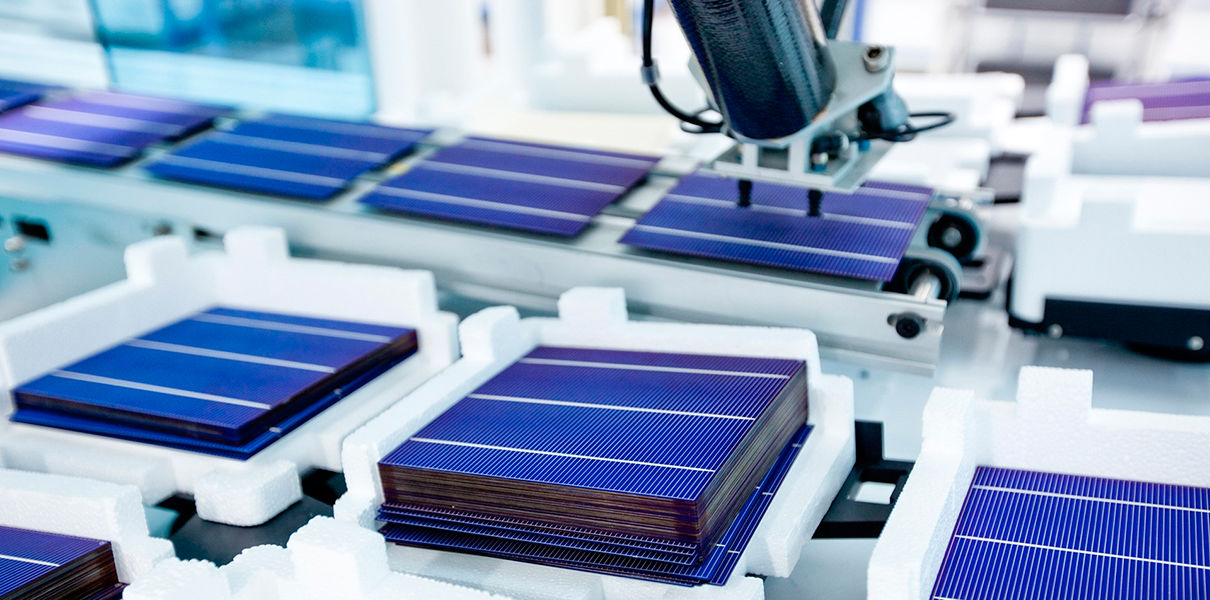Scientists from the U.S. National Renewable Energy Laboratory have a created a perovskite solar cell, which retained 94% of its initial efficiency after 1,000 hours of constant operation under ambient air conditions.
Device stability remains the biggest barrier to the development of commercially viable perovskite solar cells. The materials used often exhibit sensitivity to moisture and tend to degrade very quickly under operating conditions.
Researchers from NREL, however, have taken another step towards solving this, reporting that an unencapsulated perovskite cell, which it describes as ‘high efficiency’ without offering further detail, retained 94% of its initial performance after 1,000 hours of continuous operation in laboratory testing.
The tests, described in the paper, Tailored Interfaces of Unencapsulated Perovskite Solar Cells for >1000 Hours of Operational Stability, published in the journal Nature Energy, were conducted under ambient air conditions with 10-20% humidity, on a cell without encapsulant.
Rather than focusing on the perovskite material itself, the scientists looked at all of the cell’s layers to identify causes of the sensitivity to moisture and other common factors, and swap out materials exhibiting these for more durable alternatives.
Two materials typical to perovskite solar cells, and responsible for many of their degradation issues according to NREL, were replaced. Firstly, in the top layer, an organic molecule called spiro-OMeTAD doped with lithium ions was replaced with a new material named EH44, which was selected because it repels water and doesn’t contain lithium.
Secondly, for the bottom electron transport layer, the scientists replaced titanium dioxide with tin oxide. With these, as well as further stable material replacements in place, the solar cell’s efficiency remained steady.
“What we are trying to do is eliminate the weakest links in the solar cell,” said author Joseph Luther. “This study reveals how to make the devices far more stable. It shows us that each of the layers in the cell can play an important role in degradation, not just the active perovskite layer.”
The researchers acknowledged that more testing will be needed to prove that the cells could withstand 20 years or more in the field, but are keen to stress that their results represent evidence that perovskite solar cells are more stable than previously thought.
Story Source:
Materials provided by PV Magazine.

